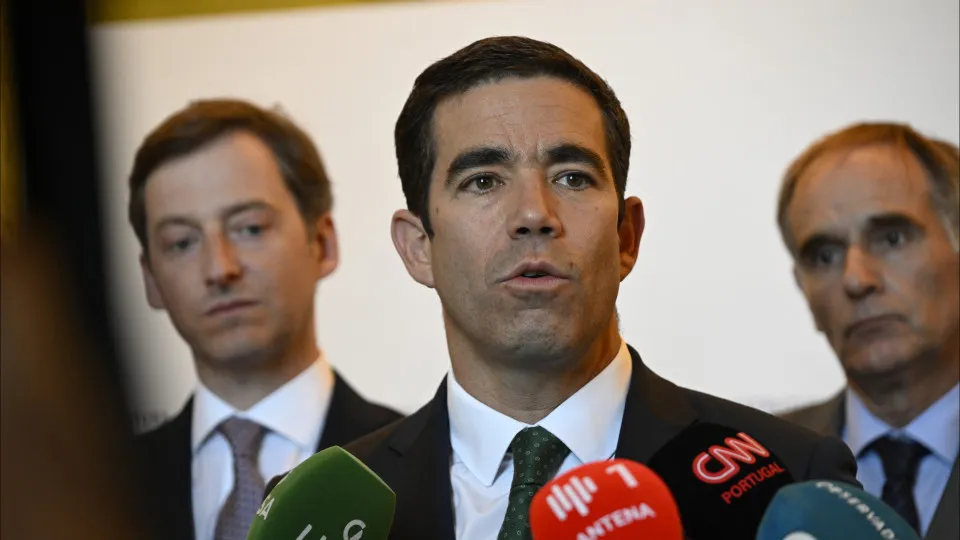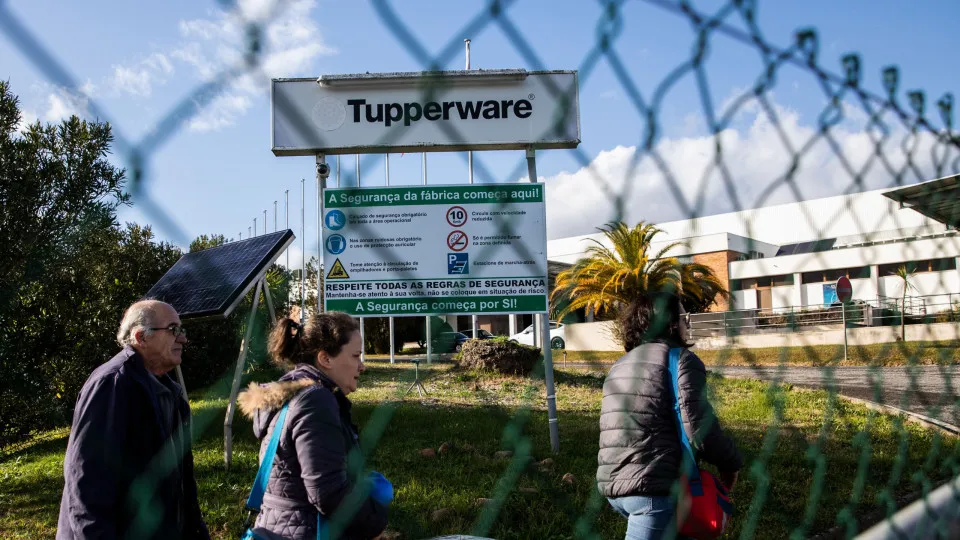Castelo do Bode is the first dam in Europe, “and even the world”, with 5G installed, Vodafone told Lusa, in a partnership with EDP, which now has a “living laboratory” to test the technology.
“EDP is launching the first 5G dam in the Iberian Peninsula and it is also a Living Lab, a living laboratory in which this facility’s full 5G network coverage will be available for us to test a set of industrial use cases on a real scale, from which we will draw conclusions about how 5G can be further exploited, particularly for energy,” Joana Freitas, administrator of EDP Geração, explained to Lusa on site.
“As far as we know, this is not only the first time in Portugal, but also in the Iberian Peninsula, Europe, the world and even the universe,” said Henrique Fonseca, director of Vodafone Portugal’s corporate business unit.
“We, Vodafone, have been operating 5G networks for more than five years in more than 20 countries, we have more than 40 partners with whom we collaborate around the world and we are not aware of any other 5G dam with these capabilities,” says the director, who mentions that EDP had launched “the challenge of creating a living laboratory where they could test a series of practical cases so that they could see the advantage of certain technologies applied to their business.”
In view of this, Vodafone has installed the 5G network at the Castelo do Bode dam, in the municipality of Tomar, which allows “not only more speed, instant communications and the ability to manage a countless number” of devices, but also “to provide some case studies which, through the 5G network, can boost the digital transition and efficiency gains for EDP”, summarizes the director.
With the network in place, “as of today” EDP will be “testing various use cases”, including “how remote assistance can be carried out using 5G’s facilities for real-time communication, low latency and strong connectivity” of the equipment, continues Joana Freitas.
This includes testing ‘video analytics’, “how we use video information with analytical models that allow us to evaluate parameters of the operation, the use of drones, robots, therefore, multiple industrial cases that take advantage of this connectivity and this ability to communicate” immediately, quickly and with “much less latency that allows us to get closer to the cause and effect of the operations that take place here,” she adds.
The Castelo do Bode dam began operating in 1951 and “is one of the EDP group’s and the country’s historic dams and it is precisely here that a highly innovative project is being installed that also gives us an idea of the continuity of hydroelectric assets over time and their ability to innovate,” says Joana Freitas.
The dams are essentially operated remotely, says the administrator, and at Castelo do Bode there is a “relatively small” team of seven people who work with the support of transversal teams from the Tejo-Mondego Directorate and the Water Asset Optimization Directorate, mostly mechanics and electricians.
“We also have people here who are very open to these new tools and technology, and so we’re finding an excellent field here to provide these people with new tools that allow them to do their jobs more safely,” he says, pointing to applications “that allow workers who are working in confined spaces” and “on their own to be able to give warning signals immediately if they have an unsafe situation,” he exemplifies.
As for the investment, the administrator puts it at “around 200,000 euros: we’re talking about a test environment, it’s a pilot, we’re talking about a space that we’re going to use to pilot these solutions in a real industrial environment and also test their technological and financial advantages and assess whether it will have the potential for a wider roll out to other facilities and other business cases.”
Technology makes it possible to “work more safely, more efficiently, often also eliminating the need for human intervention in inspections, using robots, drones”, which increases efficiency.
Regarding the challenge of installing 5G in a dam, Henrique Fonseca admits that “there were a number of constraints and technical challenges that arose in relation to electromagnetic fields, water and the materials that make up a dam”, but all this was overcome and today we can see “how it is possible to have a speed of 1.4 gigabits per second in a dam”.
The Vodafone group had not yet “had experience in a dam and so we, Vodafone Portugal, with the knowledge and experience that we are gaining here today, together with EDP, will be able to help other colleagues of ours in other countries to be able to do this”, he points out, “just like EDP, which is present in 30 countries, [and] can also expand this not only to the other dams in Portugal […], but also to the rest of the countries where it operates”.
The implementation took around three months and involved “more than 10 people” from Vodafone.
“This example that we’re seeing here today is something very concrete: an industrial plant using a 5G coverage project that will allow us to experiment with energy efficiency, robotization and remote operation, which we think are important in this energy transition,” says Joana Freitas.
The pilot project formally kicked off on April 4 and the partnership with Vodafone provides for the communications services that support the Living Lab to be maintained for 36 months (three years).
The Castelo do Bode Hydroelectric Power Station was built in 1946 and began operating in 1951 (73 years ago).
The reservoir stretches for 60 kilometers, covers 3,300 hectares and is the country’s largest reserve of drinking water, supplying the inhabitants of the Lisbon area and neighboring municipalities.
Made of concrete, it is 115 meters high and 402 meters long. With three generator sets, it has an installed capacity of 159 megawatts (MW) and last year produced more than 105 GW/h.








